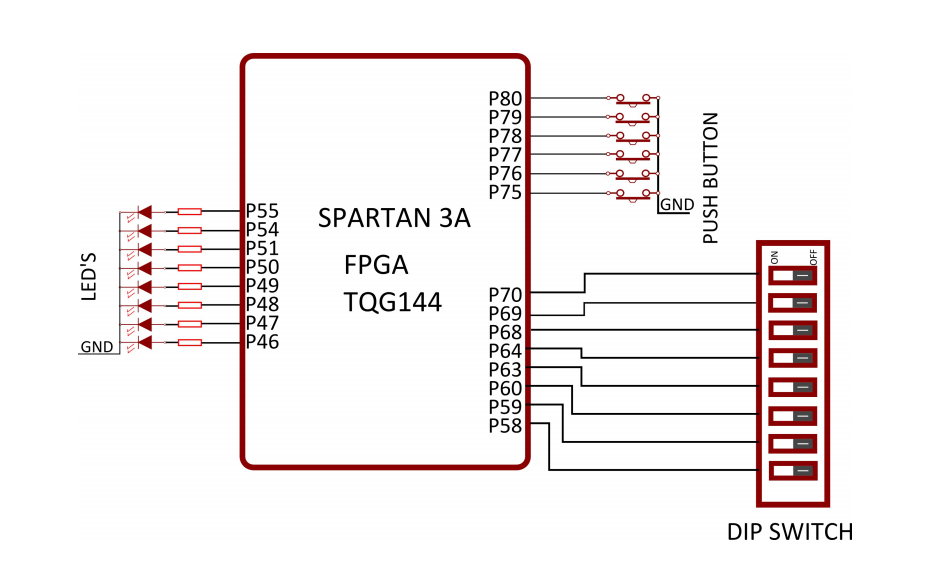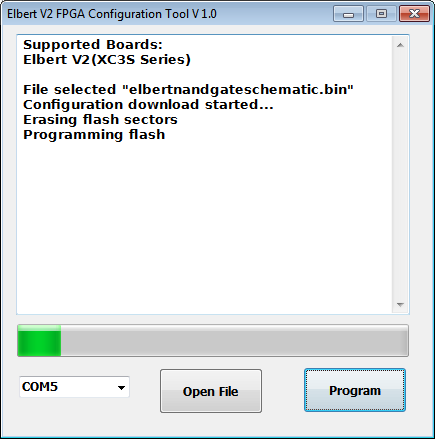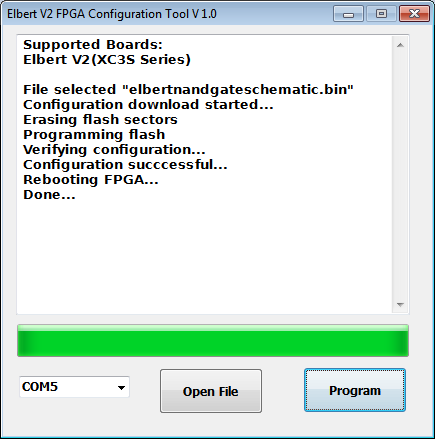These are used to generate the very high voltage required to energise the tube in a cathode ray television or monitor. Anyway I decided to make a 'Jacob's ladder' high voltage circuit with it. This is a fancy display circuit which shows a rising high voltage arc between two conductors.
 |
| A Jacob's Ladder in Operation |
There are plenty of pages related to this project and I used quite a few of them researching this post:
Instructables flyback driver
Loneocean's Flyback Drivers page
Plasmana's Instructable on an FET based Flyback
Most of the circuits found use a simple but power 2N3055 transistor circuit in a self oscillation mode which energises a flyback transformer to create the spark. Here is the circuit:
This circuit does work once you get the connections to the primaries of the Flyback Transformer correctly wired. I found that the power supply required had to be incredibly high current and the transistor failed after only ten uses. It also generated so much heat some of the components melted the solder connecting them to the wires!!! I had a heatsink on the transistor that took fifteen minutes too cool down. Because of this I decided to simulate the circuit and see how much power is generated in each section...
I really like circuit simulators...they help show whats going on without having to build a circuit and destroy things...They also let you attach oscilloscopes to really high voltage outputs without destroying the oscilloscope. I couldn't do this in real life without a high voltage probe....which I don't currently have!
 |
| Blue trace = HV output, Red trace = Transistor Collector, Green trace = Transistor Base |
 |
| Expanded Oscillocope output |
Rather than dwell on my failures...I decided to redesign the circuit to prevent the transistor failing and reduce the amount of circuit current present whilst compromising on the amount of high voltage present at the output * Slightly less sad face *
Here is my newly designed circuit which uses slightly newer and more easily available components:
I also designed a PCB to mount the components to and because I find designing PCBS easier than using veroboard...Here is the bottom layer with the tracks:
Here is the component placement:
If you would like to make this project yourself you will need the following components:
1x 1k Ohm Resistor 1/4 Watt
1x 2k2 Ohm Resistor 1/4 Watt
1x 330 Ohm Resistor 1 Watt
2x UF4007 Diode
1x 1N5375 Zener Diode
1x IRF631 N-Channel Field Effect Transistor or Similar - IRF540 works well!
1x SK104 Heatsink or similar
3x 5mm Screw terminal connectors (you can just solder the wires)
1x PCB or veroboard - Ebay or Farnell (use my design or make your own!)
1x Flyback transformer - Ebay
Some thick (24 gauge) enamel coated wire - at least a metre off
The circuit is a version of a classic flyback driver circuit used for driving neon lights and compact fluorescent lighting tubes. I have designed it to provide some reasonable sparks whilst preventing the switching transistor from getting too hot.
The circuit works by applying voltage to the primary winding and at the same time applying a lower voltage to the secondary winding. The voltage on the seconddary winding applied to the gate of the FET allows voltage to flow from the drain of the FET to the source and to 0V. Once this occurs the FET turns off and the process repeats. This action causes a pseudo square wave to be driven through the Flyback transformer which energises it and generates a very high voltage but low current spike at the output winding. This a self resonant circuit - the switching frequency is dependent of the transistor and the number of windings on the primary and secondary of the Flyback transformer. The Zener diode and UF4007 diodes protect the field effect transistor from too much voltage being applied to the gate and drain terminals. The capacitor is there to help stabilize the circuit oscillation.
The simulation of the circuit shows that the current present at the gate and drain of the N-Channel FET is now much more acceptable:
Before we can use this circuit we need to wind our primary and secondary of the input to the flyback transformer:
I covered the exposed primary core with insulating tape and then wound ten turns or wire for the primary and 5 turns of wire for the secondary. I then cleaned the enamel off the exposed ends and tinned them with solder.
I then had to locate which pins on the flyback transformer were connected to the HV winding so that I know where the spark at the suction cup will arc to. I used the method outlined here:
How to find the output of a flyback TX
I then connected the flyback transformer to the screw terminal outputs of the driver circuit:
As you can see from the photo I soldered a white wire to the pin of my flyback transformer output and crimped a pin on the other end. This pin will become damaged with use. I also taped the HV cup to the bench to prevent it moving. I don't want to be electrocuted by moving HV! Safety first!!! Prepare the area where you are going to use the circuit - remove anything flamable and wear goggles and be sensible!
I then connected it to a high current 24Vdc Power supply and turned it on. At first nothing happened...I then swapped the input windings on the flyback driver and a whistling sound could be heard....I then carefully moved the white wire close to the suction cup and....
 |
| SUCCESSFUL HV ARC!!! |
I have not as yet turned it into a Jacob's ladder which involves connecting the HV suction cup and the white wire to some exposed single core wire bent to a U shape and placed close to each other. When I do and it's working satisfactorily I will post a video and images.
Please be very careful if you are going to try and reproduce this circuit and be very careful with High voltage electricity - Langster!




















































